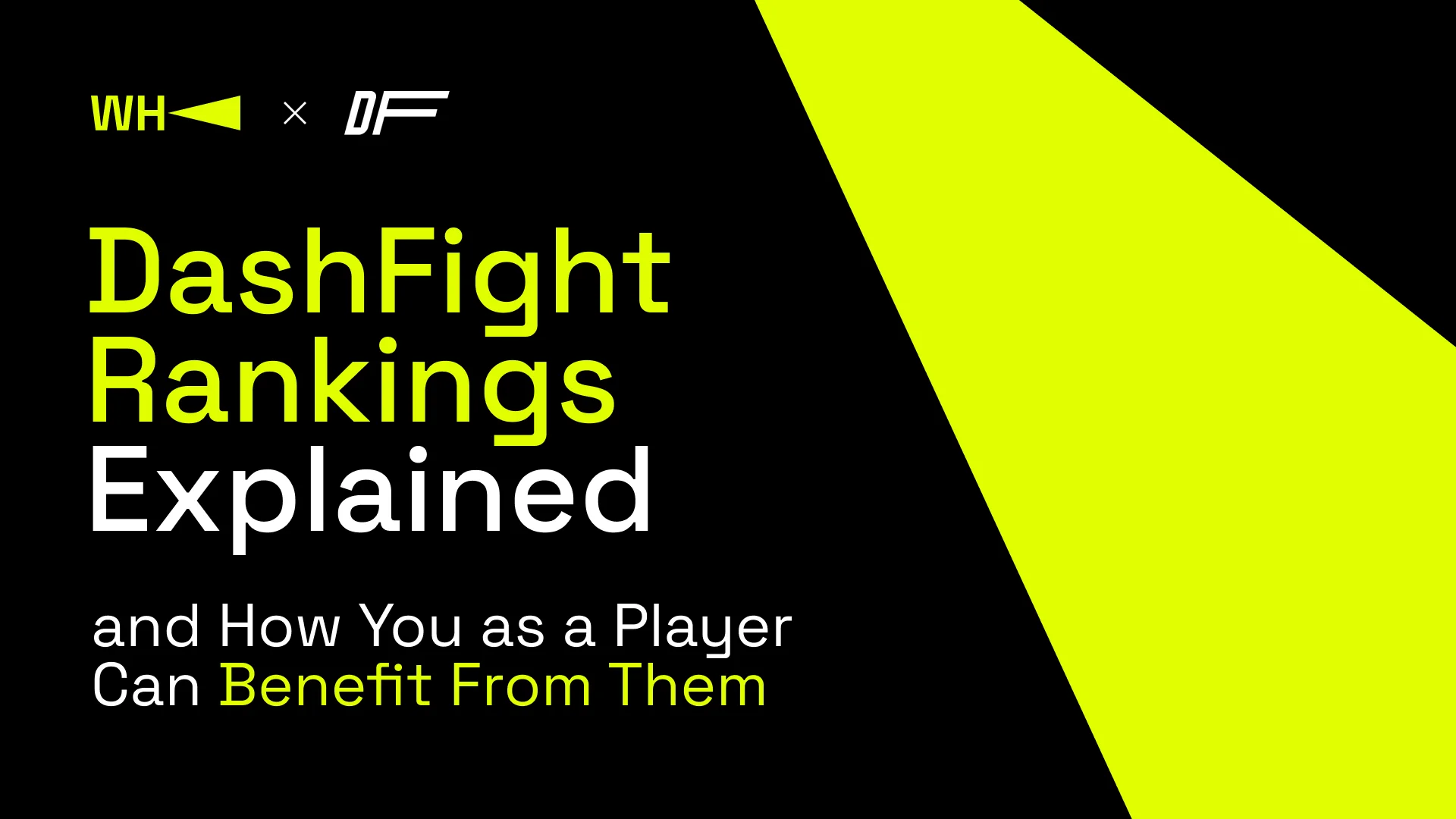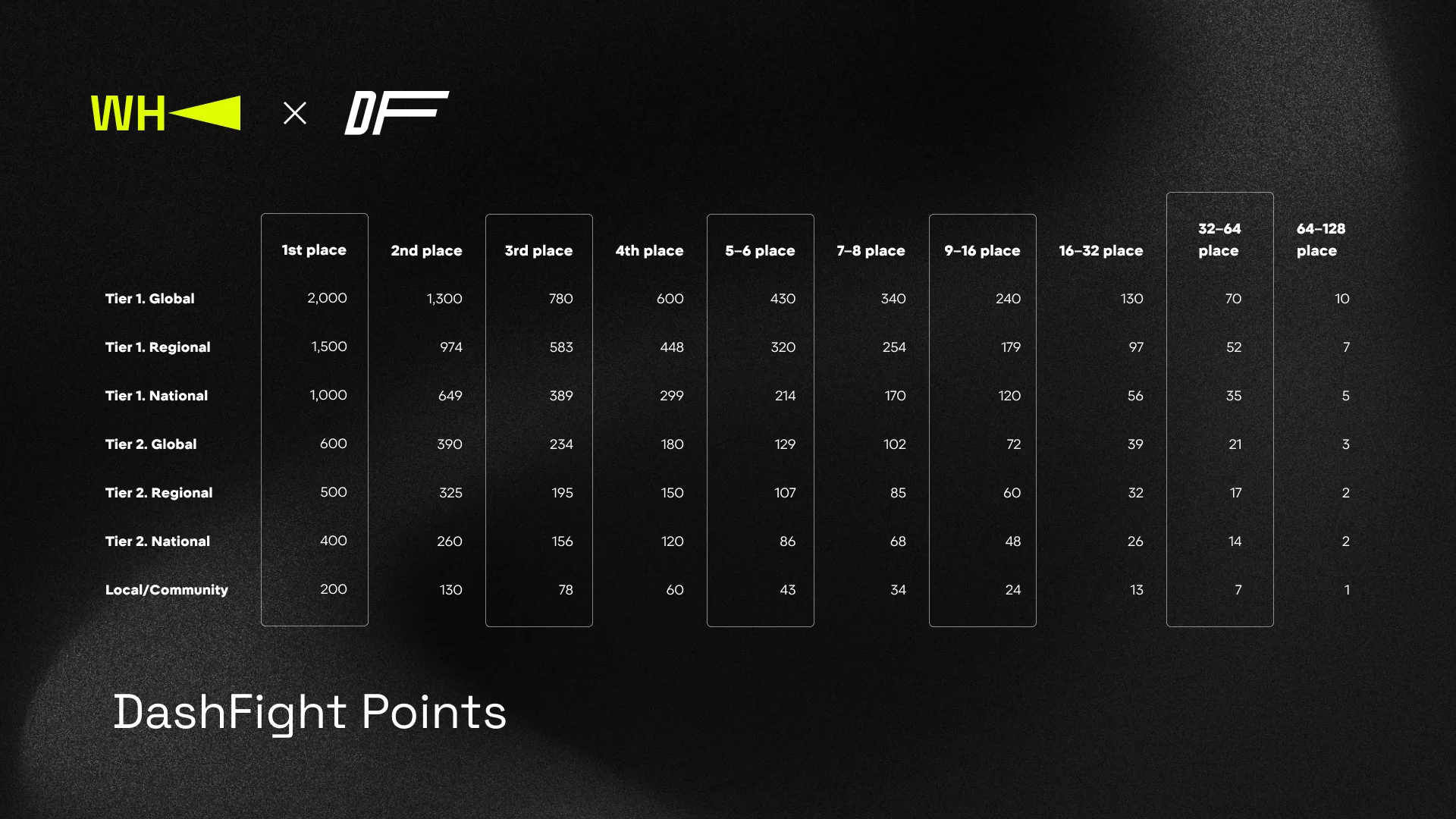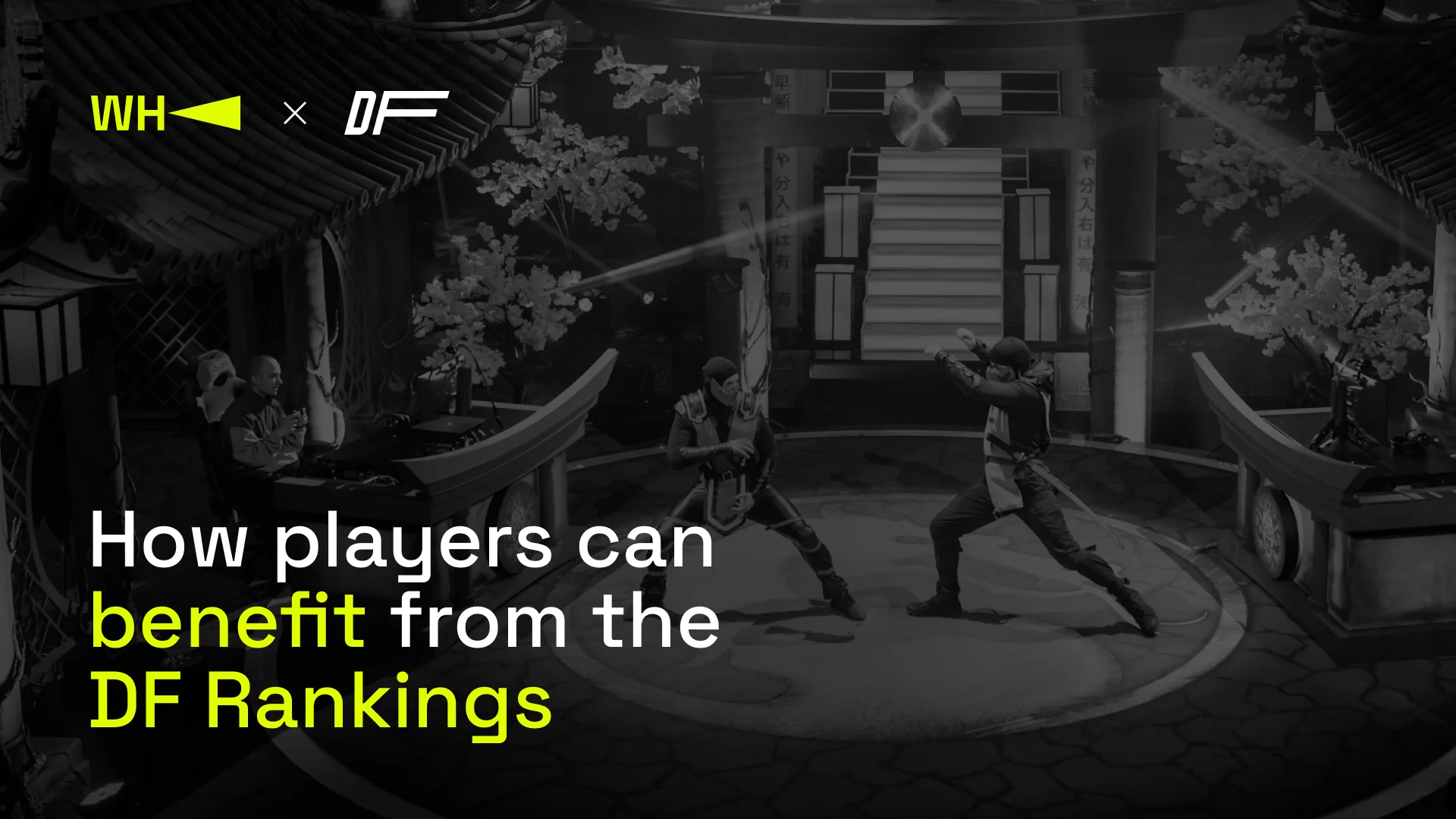April 1, 2024
DashFight Rankings Explained (And How You as a Player Can Benefit From Them)

3 min read
Ever since DashFight launched, our goal has been to be the all-encompassing all-in-one hub for fighting games. And since we’ve been providing tournament coverage right from the beginning, we thought it would be a good idea to tie a ranking system to it. We use it to define a player’s performance level across a calendar year — the better any given player does, the higher they get.
Let’s explain our methodology first.
Methodology
Right now, the DF Rankings are sorted by years and regions, covering the range from 2020 to 2024, depending on the game and its competitive scene. We’re always trying to refine them and make them more accurate, but we’re limited by the games’ competitive scenes. We also can’t track beyond 2020, as DashFight simply didn’t exist back then.
DashFight Points
DF points define a player’s place in our ranking. We give points based on two things:
- The tournament’s tier.
- The player’s individual placements across the year.
To assign tournament tiers, we take into account tournament formats, their local/regional/global status, number of participants, prestige, and more. We have also consulted with pro players and revised our results according to their feedback. So, DashFight’s tier list for tournaments goes like this:
- Tier 1 — Global
- Tier 1 — Regional
- Tier 1 — National
- Tier 2 — Global
- Tier 2 — Regional
- Tier 2 — National
- Local/Community
The players are then awarded points based on their tournament placements, adjusted to the tier. We looked at the traditional sports approach to point distribution and used it as an example. You can see the result in the table:
As we mentioned before, we dig into players’ past performances for our rankings. Big tournaments carry a lot of weight and grant the most points, like Evo top placements and high Tekken World Tour standings. The DF Rankings only show the top 100 players for any given game. These rankings are reset after each competitive season, so if you didn’t succeed in showing your prowess this year, there’s always the next one.
A player accumulates more points with each new victory. Participants in both local and international tournaments make it to the ranking. Previous years have shown us that any potential skew towards the players winning lots of lower-tier events just doesn’t happen.
How players can benefit from the DF Rankings
Many modern-day fighting games have pro tours associated with them, but those usually only track the official events and not much else. The DF Rankings go beyond that, tracking most of the high-level events in any given year. If a game’s circuit has many events, our tops could look similar, but any title with more stand-alone tournaments shows much bigger sway. As a player, you can always benefit from knowing where you stand compared to your fellow competitors at any given point or even just casually dunking on naysayers who think you didn’t do as well as you actually did:
I'd make fun of you for being wrong, but instead I'll take the opportunity to show she's actually top 5 in NA. pic.twitter.com/EcNQ315Aen
— FUG Danielle Fox (@anddaniellesaid) March 22, 2023
Conclusion
The best part of the DashFight ranking is that it doesn’t need to be manually updated, so there’s no room for human error. All these calculations are baked into the DashFight system, and the rankings are automatically updated as soon as the covered tournament is over.
We continually strive to improve our rankings, expand the scope of what’s covered, and provide even more benefits to the players, such as their matchup charts and win rates. If you ever have any questions about our systems, feel free to reach out!

